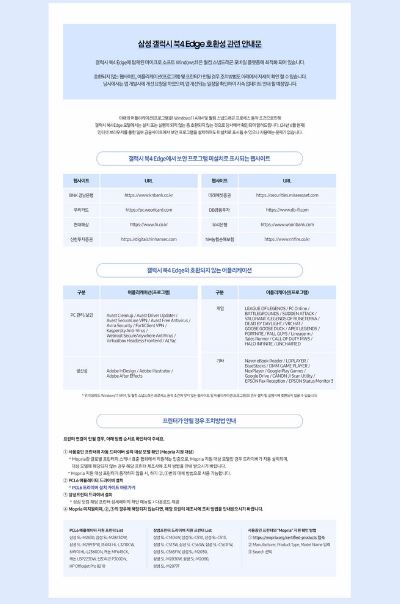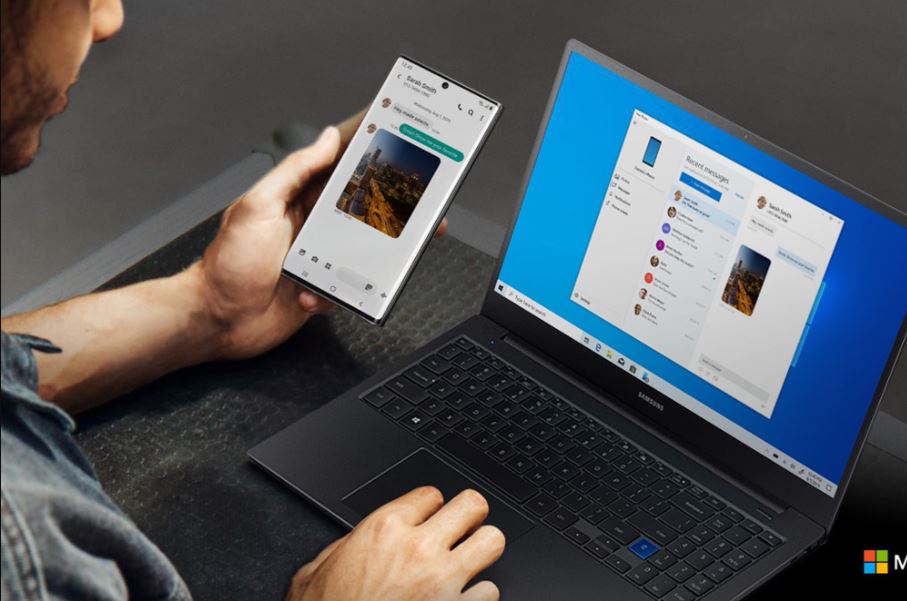The Galaxy Book 4 Edge marks Samsung’s debut in the Copilot Plus notebook category, featuring a Snapdragon X Elite chip that utilizes ARM architecture for enhanced autonomy. However, this architecture necessitates the use of Microsoft PRISM emulation to run x86 and x64 applications.
Please follow us on Twitter and Facebook
While Microsoft claims these notebooks can seamlessly run all applications and programs through emulation, Samsung has countered this assertion. Samsung is cautioning its users about potential software incompatibility issues on Windows 11 ARM.
The warning was posted on Samsung’s official website in South Korea, stating:
The following applications (programs) are not compatible with the Galaxy Book 4 Edge model due to the operating conditions of the Windows11 ARM and Qualcomm Snapdragon process. (As of June 24, 24) Some financial websites through Internet browsers may display security programs as uninstalled, but it is okay to use them.
“The website displayed may not install the security program on the Galaxy Book 4 Edge.”

Samsung’s App Compatibility Notice and Global Discrepancies
This warning has been prominently displayed on Samsung’s official website in South Korea. It specifically mentions notable applications, games, and programs such as Adobe Illustrator, Adobe After Effects, Google Drive, Fortnite, League of Legends, Valorant, Apex Legends, Microsoft’s Halo, as well as certain printer drivers and websites popular in South Korea and China.
Read Also: Samsung May End Partnership with AMD in 2026 And Create its Own GPU for Exynos
Interestingly, this warning has not appeared on Samsung’s websites in other countries. This discrepancy may stem from specific legal requirements in South Korea and China, reminiscent of Microsoft’s launch of a modified Windows edition in 2005 for China, which omitted certain components.
Encouragingly, there is optimism that more developers will adjust their applications to align with the Windows ARM architecture. This adaptation is expected to mitigate compatibility challenges going forward.
Read Also: Samsung is Leading, Yet Chinese OLED Sector Surpasses Korean Production





